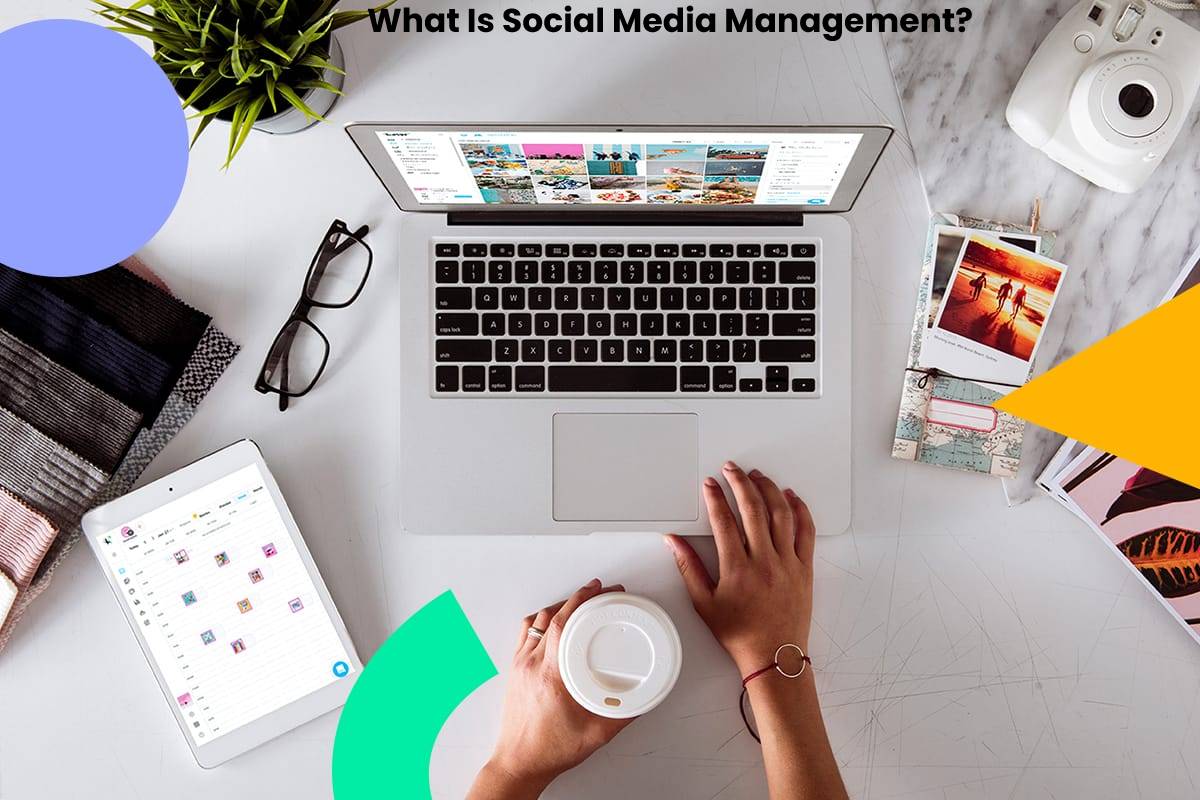The importance of social media shouldn’t be underestimated, especially by business owners. It gives you a platform to promote your brand and engage with a larger audience.
Approximately there are about 4.48 billion people active on social media around the globe. So, imagine missing out on this opportunity if your law firm doesn’t utilize social media for your marketing efforts.
Aside from its benefits, setting up a social media account is relatively easy. You have to choose the business page option then fill out all the necessary information. Make sure that they’re legitimate information. Otherwise, it might create a bad reputation for your firm.
Once you’re done, start uploading content. As much as possible, upload high-resolution photos and videos. These will make your page visually appealing. And, of course, be active and engaging. Read this full article to know more about social media management.
Additionally, we’re listing down the benefits of social media for your law firm’s growth:

Table of Contents
1. Create Brand Awareness
When you use social media accounts for your law firm, you’re already one step away from attracting clients. That is because a solid social media presence will help your brand be seen and recognized. And people will most likely hire a brand that they are familiar with.
Once you establish your brand online, people will easily remember you. So, in some instances where they need legal services, you might be the first to come to their minds.
For example, a client is looking for a law firm that could assist in filing for a divorce. Instead of searching for the list of law firms that give the best assistance for their concern, they might search for your brand immediately.
Having an established social media presence can also help you build trust quickly. Potential clients will gain more confidence in choosing your service if their families and friends are aware of your brand, too. They can also recommend you to other people once they find your services satisfactory. Hence, a free advertisement.
You can start boosting your social media presence by giving it a distinct personality. It would help if you never forgot that you have many competitors out there. You must be unique to stand out.
2. Attract New Clients
With increased visibility, people will now develop an interest in your brand. They will start to follow your social media accounts and wait for new updates.
However, make sure that you create compelling yet entertaining content. Be creative with your approach because readers might get bored if you only talk about legal stuff. Don’t forget to include call-to-actions that’ll make them proceed to your website. If your firm’s website traffic increases, you’ll have better quality leads and become more credible.
Another strategy for attracting new consumers is to use paid advertisements online. Instagram, for one, observed that 83% of its users consider the products and services they see on ads for future use. You can modify social media ads based on interest, user preferences, and demographics.
Eventually, your social media followers will turn into new customers.
3. Establish Thought Leadership
Social media can enhance your professional image by providing you with a platform to share your legal expertise. It might assist you in establishing an online voice through which you can demonstrate your knowledge. It also allows you to discuss your law firm’s concepts, ideas, and work ethic.
Your firm can also utilize social media accounts in publicizing your firms’ achievements and accomplishments. Such posts will strengthen your credibility and put you at an advantage. The more people see your expertise in the field, the higher the chance that they’ll choose your legal service.
Furthermore, you can use social media to share your insights about relevant and timely issues. By doing so, you’re allowing your audience to see that your law firm has extensive knowledge and does its research well.
The brand needs to be perceived as a well-established law firm, especially since laws can get complicated sometimes. And people will trust your firm more if they’re confident that you can navigate your way through the legal system.
4. Community Engagement
One of the primary purposes of social media is to connect with other people. Use this as an instrument to strengthen your connection with your customers. It’s not enough to continuously gain new clients; you have to make sure that they remain loyal to you.
Social media can help people know more about your law firm. And on the flip side, it can also help you know about your target audience and prospects.
Through social media, it’ll be easier for your law firm to assess your clients’ needs without having to meet them right away. It is useful, especially in this time of the pandemic. You can exchange messages via their messaging features and conduct client meetings through video calls.
Your prospects can also reach you effortlessly through your social media accounts. They can ask questions and raise concerns effortlessly. Your firm can avoid conflicts and have a lousy reputation since you can resolve the issues immediately.
Maximize the use of social media by allowing your audience to share, react, and comment on your post. These actions will significantly help in boosting your brand and establishing a healthy community for your firm.
Final Words
Utilizing social media for law firms helps your firm boost its online presence. Your firm may share your achievements so that prospects can acknowledge your credibility as experts.
It’ll also be easier for you to reach out to your clients by maintaining good communication. And if you’ve established a strong social media presence, you’ll attract more customers.














